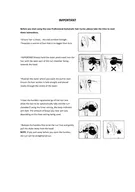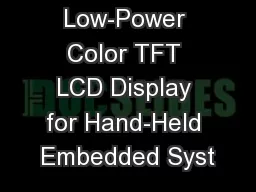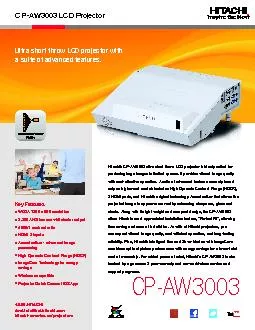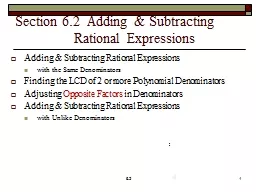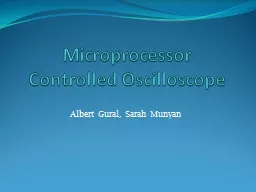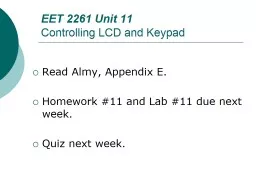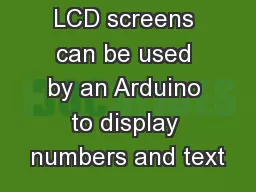PPT-Content: LCD types Working
Author : tawny-fly | Published Date : 2019-12-07
Content LCD types Working principle of LCD TV Alternative displays LED display OLED display Plasma display Field Emission display HDTV 3D TV Largescreen Television
Presentation Embed Code
Download Presentation
Download Presentation The PPT/PDF document "Content: LCD types Working" is the property of its rightful owner. Permission is granted to download and print the materials on this website for personal, non-commercial use only, and to display it on your personal computer provided you do not modify the materials and that you retain all copyright notices contained in the materials. By downloading content from our website, you accept the terms of this agreement.
Content: LCD types Working: Transcript
Download Rules Of Document
"Content: LCD types Working"The content belongs to its owner. You may download and print it for personal use, without modification, and keep all copyright notices. By downloading, you agree to these terms.
Related Documents


